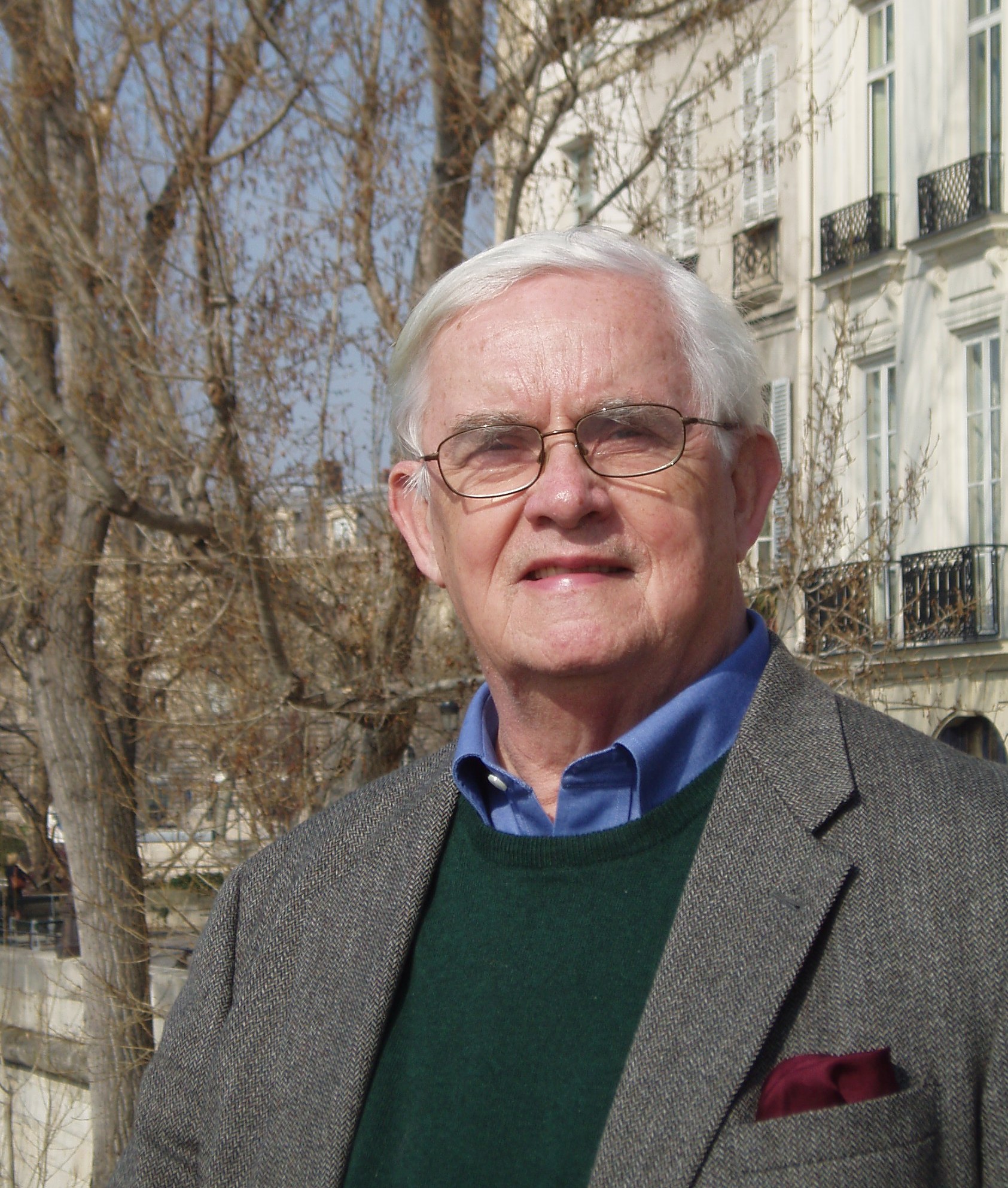

- #Neil armstrong buzz aldren race into space archive#
- #Neil armstrong buzz aldren race into space professional#
#Neil armstrong buzz aldren race into space professional#
If I have a criticism, it is of the immaculate technical achievement of getting the rocket into space, and the Command and Lunar Module to the moon and back and quick stream, of the parachute of the capsule into the sea and getting the men back to base and quarantine, without once savoring any of the humanity that it was supposedly done for, not only for mankind but of the astronauts as individual presences in their own right: the fact that they are professional technicians who have to follow rigorous procedures goes with the territory they couldn’t complete each task in the daisy-chain if they were poets or philosophers, but the initial sped-up delivery of their stories from children to astronauts in flashed-past images is almost too brutal.

The split-screen visuals certainly compress a lot of what is going on before getting to the moon. As with Joyce’s Ulysses you need a technical language primer to decipher the code. Everything is shown in the present, so no analysis or voice-overs are allowed: you are to draw your own conclusions.

The only other communications are between Mission Control and the astronauts. The newscasts of Walter Cronkite imbue the astronauts' journey with a mythic quality. The gatherings of the crowds of people to watch the event before lift-off with cameras, binoculars, cars and caravans for the happening of a lifetime then you have the rows and rows of NASA technical staff, with their banks of computers and equipment, there to perform each function and role assigned to them, showing the amazing team effort that went into the mission: to take men to the moon, land on the moon and bring them safely back. The first 40 minutes especially of newly unearthed and restored film footage of the sight of the colossal launch-pad transporter inching its way into position, a Saturn V rocket burning through azure skies. This is truly a magnificent achievement with the increase in quality of film stock from the archives of 65mm and 16mm, and carefully sourced audio to allow the viewer to experience the mission as it unfolds. Released to coincide with the 50th anniversary of the first Moon landing, director Todd Douglas Miller has edited and directed a pristine film effort. I didn't learn much about the science behind rocketry or the makeup of the moons surface, it's more of an emotional voyage in the end. Whatever your position though we can all admit it was an incredible engineering achievement.The documentary has some suspense to it despite the fact we all know what happens, it also chooses to end with a speech by president Kennedy rather than Nixon.The documentary does a decent job at helping the audience follow the journey without any narration.I'd recommend this as all round family viewing though young children may struggle to stay interested. This means you may want to use subtitles.We are very lucky to have such excellent footage, most people back then would have seen this on a grainy tv, many still in black and white.To some this journey represented the ultimate scientific achievement, for others it was more of a vanity project, all about the mystique of putting man on other worlds with no real scientific value. The sky is a beautiful rich blue on launch day.The documentary often uses split screen so that much footage can be shown in its original 4:3 aspect ratio.The best footage no doubts comes from the early set up, once in space the footage becomes darker, grannier and lower resolution, no amount of restoration can fix this really.The 1960s fashion and look will evoke plenty of nostalgia, it's hard to believe now but back then adults could actually just watch and enjoy something special.My main critique of this is probably the audio, which is often muffled and a bit unclear. The daylight 65mm and 70mm wide shots of the rocket look incredible as do the shots of crowds gathering, some of it is shot from the air.
#Neil armstrong buzz aldren race into space archive#
The archive footage consists of a mixture of 16, 35, 65 and 70 mm film, much of it previously unseen. The only bit added really is the music, the rest is real archive footage and audio from the launch. Reviewed in the United Kingdom on 7 November 2019


 0 kommentar(er)
0 kommentar(er)
